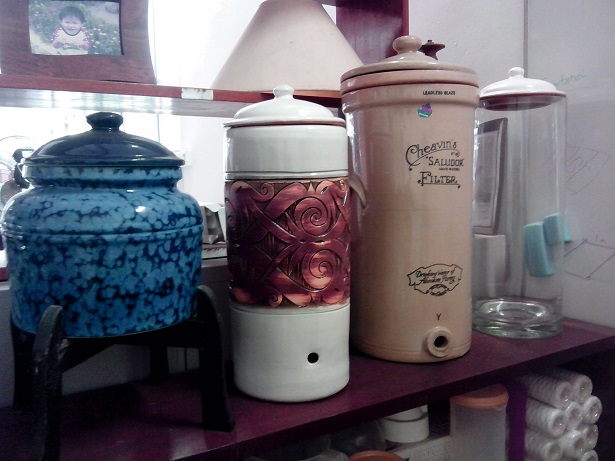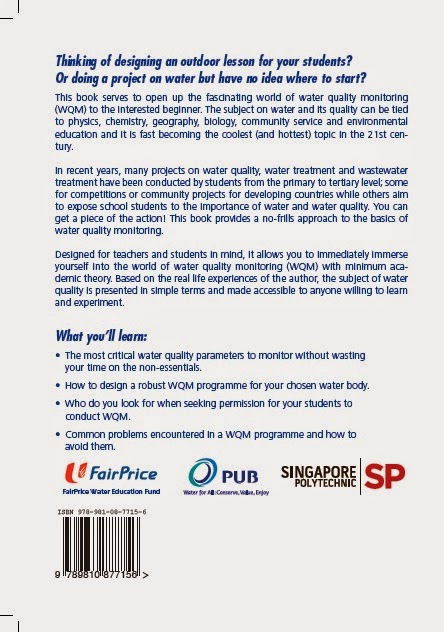Due to ongoing business discussion, I have left out names of the parties involved and certain details that can impact business decisions.
I got a rare chance to tag along with this water company (referred to as the company) to Batam to evaluate the water issues facing a holiday resort and a couple of nearby villages. This is not your typical urban resort as it is located faraway from the island's centre.
Issues
- The resort was concerned about the (in)adequacies of its current water storage and treatment set-up. Though nothing adverse has happened (yet), it decided to pre-empt any problems by engaging the company to check out its set-up anyway.
- 2 small villages on different islands. 1 with about 20+ residents, the other with about 80+ residents. No water issues for most part of the year except when the drought comes in. This drought can last for 3-4 months, enough to run the springs and wells dry.
- One pre-survey suggestion thrown up was the use of rainwater harvesting. We also evaluated the feasibility of implementing RWH there.
I will not present the proposed solutions here as they are still undergoing business discussion. Instead, I will highlight some of the interesting observations during our survey.
A couple of personal observations: Perhaps due to the nature of the company's business, grey water recycling/use and sanitation were not considered as part of the solution, though in my opinion, these can be relevant factors to close the water usage loop.
 |
| Figure: Partially covered spring serving the resort's water needs. I just thought that it ought to be better covered to prevent animals from accessing it. |
 |
| Figure: Water from the spring is pumped uphill to be stored in these tanks. Notice 1 line allows water to enter the tanks, the other line to transfer the water to the resort downhill by gravity. |
 |
| Figure: Closer view of the water tanks. The larger ones have a capacity of about 1000L each. |
 |
| Figure: Typical well serving the villages. There are several of these. Typically not covered. Clarity ranges from clear to slightly turbid |
 |
| Figure: Washing and bathing using the more turbid water. Clear water is reserved for drinking. |
 |
| Figure: the watering hole providing turbid water for non-potable purposes |
 |
| Figure: Perhaps the villages are not as poor as what we initially thought. Common sight of solar panels and TV antennae |
 |
| Figure: Nothing to do with water issues, just too nice to leave out. The sea at dawn |
 |
| Figure: If there is one thing I learned, it is the importance of geography to water issues. Climate, topography, vegetation, geology affect the quantity and quality of water. View from the highest point of 1 of the islands. |














